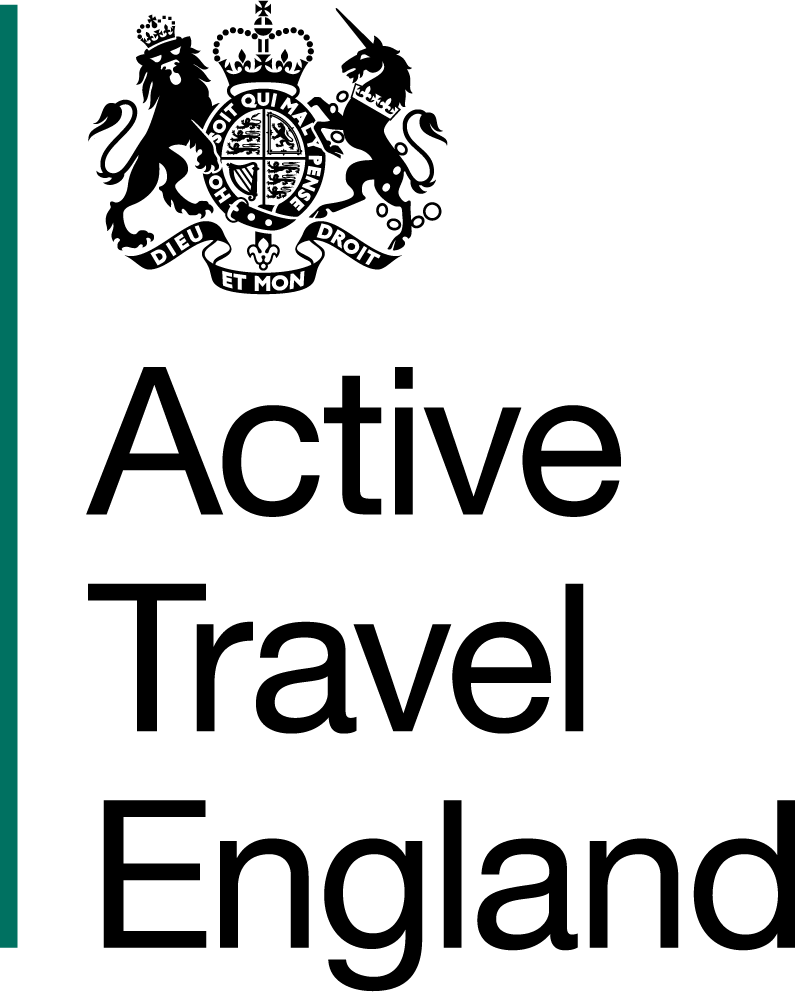7.2.4 Learning on the move
Once riders have developed good skills in the snaking technique (they have awareness, are communicating well and understand priority at junctions), consider allowing different riders to lead the snake. They should be in front of the lead instructor, who gives them directions at junctions.
As rider confidence and competence grows, you can transition snaking from a passive to an active learning experience for them. Helping riders develop group riding skills that they’ll need to use, for example, when riding to school with friends.
- Asking open questions before and after a group ride
- Reduce verbal prompting whilst snaking. Give riders responsibility to support each other, for example, by calling out hazards.
- Reduce levels of instructor control and hand over decision making to riders allowing them to practice the four key skills, for example allowing riders to signal and encouraging riders to make their own decisions at junctions.
- Allow different riders to lead the snake. They should be in front of the lead instructor, who gives them directions at junctions.
- Split a larger snake into two separate groups where riders in each group perform a journey with the support of a single instructor who normally rides behind them.
- For very capable groups, you could allow the group to move itself from point A to point B, follow, but not immediately behind them.
